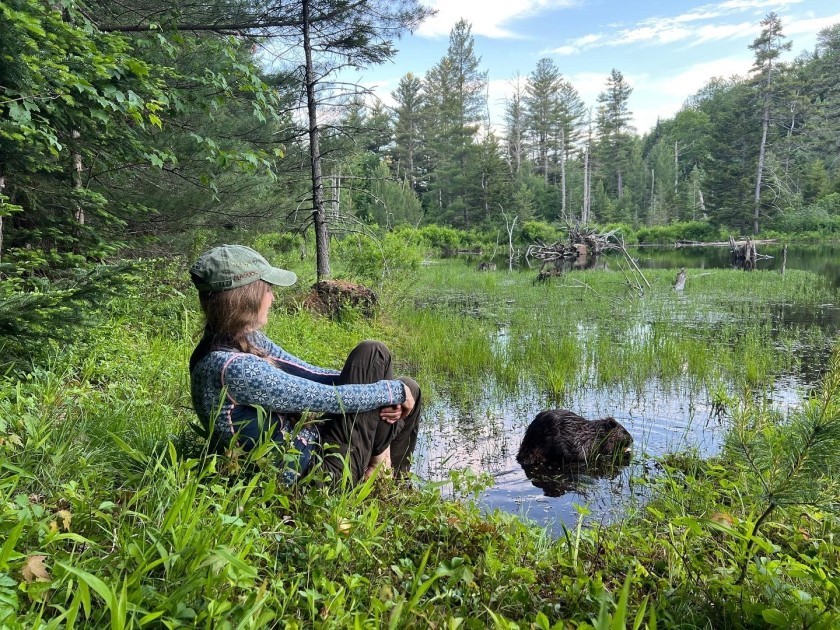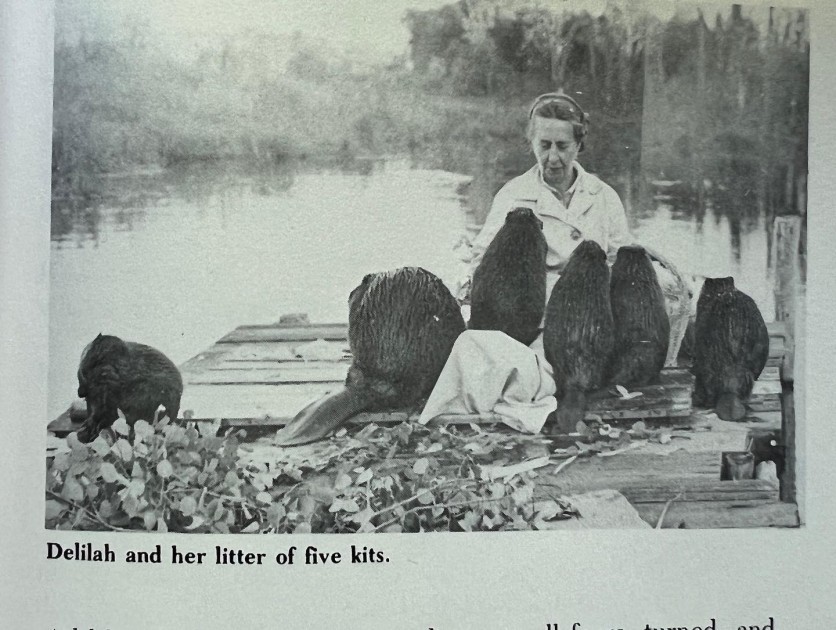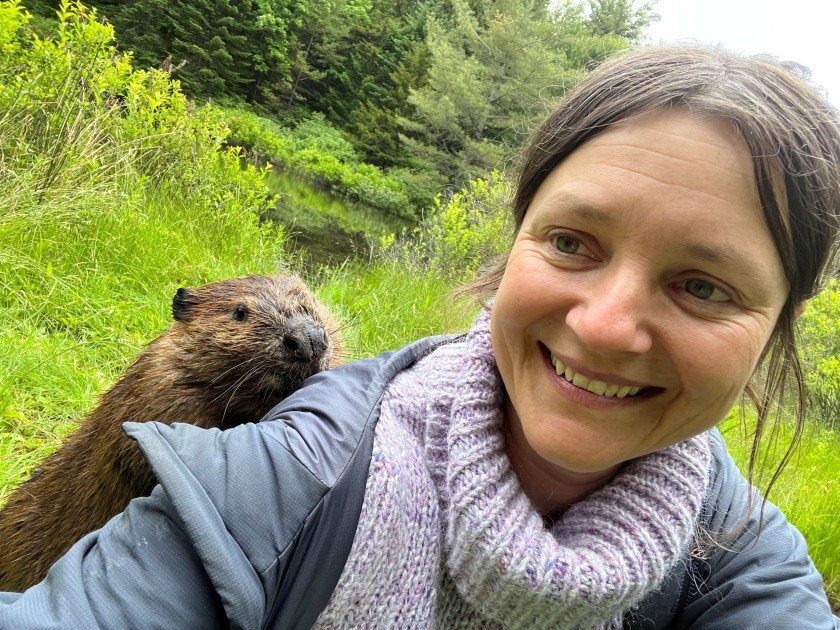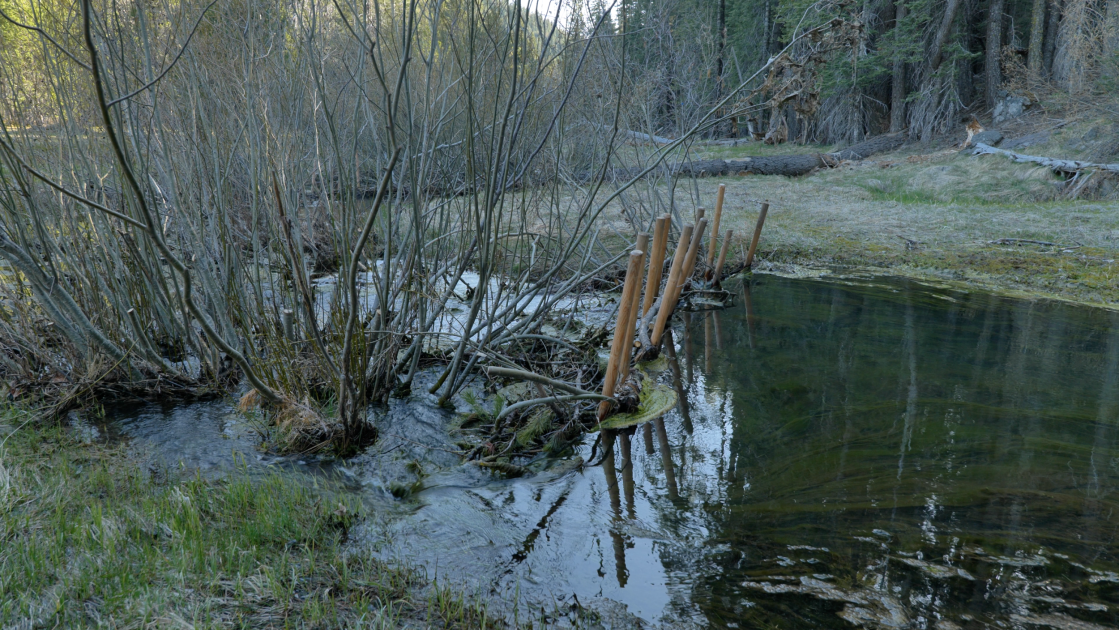As part of the 2022 Lyon Biennale, the CAP visual arts centre in Saint-Fons and Veduta have teamed up to invite artist Suzanne Husky for a research and production residency in Saint-Fons, and across the municipality, culminating in an exhibition at the CAP in September 2022.
Suzanne Husky defines herself as an artist, a gardener and a mum. She first trained as a landscapist and plant consultant, and has also studied agroecology and agroforestry – rounding off a many-faceted profile. All of her knowledge and experience inform the development of an art practice that questions human actions on nature and the environment, and more broadly relationships between humans, plants and the earth.
Her cross-disciplinary activity spans garden design and ceramic-making as well as sculpture, video, photography, drawing and other artisanal disciplines. Through her carefully curated materials, she conjures a history of both landscape and how land is exploited. Husky’s trans-historical and cross-disciplinary works are forged through the varied encounters and collaborations that she initiates with historians, researchers, residents and craftspeople of the sites she delves into. She is also a co-founder, with Stéphanie Sagot, of the duo Nouveau Ministère de l'Agriculture, which creates artworks in response to agribusiness and agritechnology.
In 2021, after an episode of Husky’s podcast Ma Mère l’oie et autres histoires de la terre, in which she discussed beaver-related myths with writer Ben Goldfarb, the spiritual and ecosystemic importance of beavers became central to her explorations. In the northwest United States, settlers had massacred the beaver for its fur, then because they viewed it as a pest. Thanks to the native American Tulalip Tribes, there has been a realisation – albeit a very slow one – that beavers are a remarkable ally against fires and desertification. They retain million of tonnes of freshwater on land, thus reducing the rise in sea levels. Their dams retain precious sediment, filter water and reduce eutrophication of the oceans. In fact, they are allies for us all – from livestock farmers to monarch butterflies, from herbivores to bears. Once found throughout the northern hemisphere, the Eurasian beaver has now almost entirely vanished from the landscape.
The town of Saint-Fons stands on the east bank of the Rhône. The river and its many tributaries are one of the few ecosystems in France where beavers are known to be both present and increasing in number. Indeed, the Rhône hosted one of France’s first beaver reintroductions, in 1975. This singular status gives the artist the perfect context to continue her investigations, assisted by locally-based beaver and riverside specialists.
How did a keystone species disappear from our imaginations? Could it be hidden before our eyes? Suzanne Husky wishes to make visible the beaver’s presence through history but also to once again offer it a place in our lives, in a habitat where it can amplify its role. The CAP centre in Saint-Fons will likely host artefacts, documentary items and a film that recount her explorations, thus creating a place to meet and interact. Then, building on this first stage of reality-checking and collective resistance, Husky plans to reflect, with the volunteers who join her, on real and fictitious stories about beavers which could entail their return to Saint-Fons, and maybe even reconnect the town and its river, from which it has been physically cut off since 1959.
Residence in collaboration with the CAP Saint-Fons
To know more about the CAP Saint-Fons : lecap-saintfons.com or saint-fons.fr
To know more about the artist : suzannehusky.com
Photo: Dam imitating the work of a beaver to retain water on land © Suzanne Husky, Cristina Valverde, 2022




